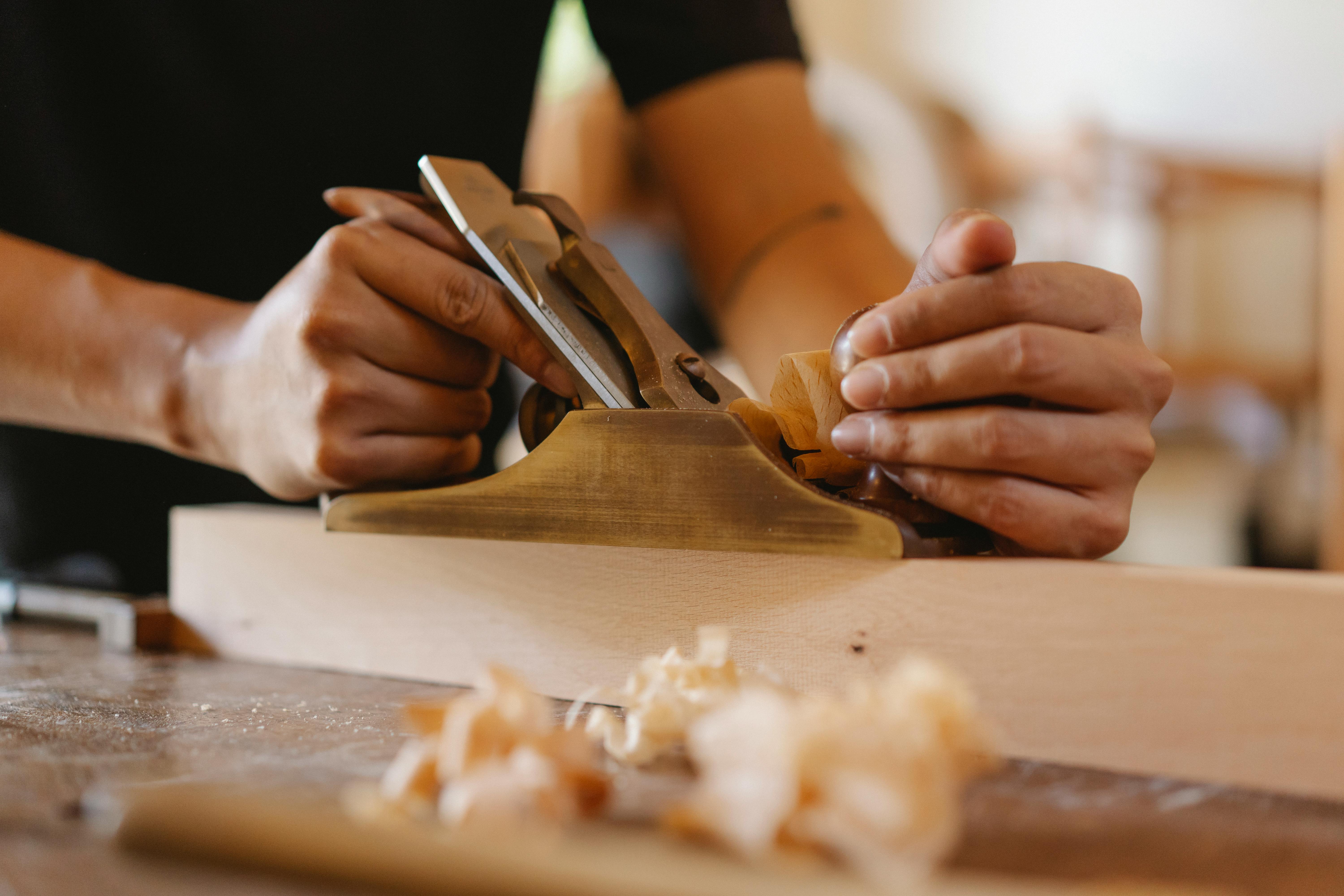
Fire protection
About one-third of all restaurant fires originate within the kitchen area and are typically kitchen product flash fires. Preventing these incidents requires two essential steps: control of flammable sources and control of combustible materials. The most typical source of fire in the kitchen is fat, a natural by-product of many cooking processes.
When fats are heated, they change from solid to liquid. They are then drained as oil, or become atomized particles in the air, propelled upward by thermal currents from the cooking process. Cooking at a low temperature creates more liquid fat; High-temperature cooking produces much more fat-laden steam.
Steam is drawn into the hood where, as it cools, it settles on surfaces and becomes a fire hazard within the exhaust program. If the kitchen area personnel have received proper training and the proper safety products are available, the stove fire can be extinguished in a few moments. Otherwise, it can quickly expand into the ducts, reaching 2000 degrees Fahrenheit as it comes into contact with extremely flammable grease and lint particles.
Consequently, an automatic fire safety program is a must. In fact, most state insurance departments require a fire safety inspection by a range hood expert before insurance coverage companies can issue a commercial fire insurance coverage policy. As we mentioned, the site must be re-inspected every six months to keep insurance coverage current.
Even if the six-month rule doesn’t apply in your area, it’s a good idea to have your schedule professionally cleaned and checked twice a year anyway. The National Fire Safety Association (NFPA) is the authority on this issue and sets the stringent regulations for commercial kitchen area installations. Most canopy manufacturers provide fire safety methods as part of their package, including installation, but you can also hire a freelance installer.
An automatic fire safety system consists of spray nozzles located on each piece of external cooking products (not ovens) around the direct line. You will find very particular rules about the number of nozzles and their locations: Kitchen surfaces require 1 nozzle for every 48 linear inches. Plates require 1 nozzle for every six feet of linear space. Open broiler chickens (gas, electric, or charcoal) require one nozzle for every 48 inches of broiler area.
Tilting pans need a nozzle for a 48-inch wide area. Deep fryers require 1 nozzle each or 1 nozzle for every 20 inches of fryer surface. The nozzles are placed 24 to 42 inches above the top of the equipment. (This varies depending on the type of appliance). The nozzles are instantly activated to shoot water or perhaps a liquid fire retardant into the cooking area when the temperature reaches 280 to 325 degrees Fahrenheit.
The heat detector can be located in the ducts or inside the hood. Inside the ductwork, there is also an internal fire protection system – a fuse or perhaps a separate thermostat is connected to instantly close a fire damper at the ends of each section of the ductwork. The exhaust fan shuts off, along with a water spray or liquid fire retardant released into the interior. Other similar systems can be operated by hand rather than instantly.
Some keep the exhaust fan running to help remove smoke during a fire. In addition to fire protection of the exhaust system, various handheld fire extinguishers must be mounted on the kitchen walls, and employees must know how to use them. The automated program, when activated, is so thorough that you have to shut down the kitchen and begin a major cleanup, so often a handheld fire extinguisher is enough for minor outbreaks, plus a lot less mess.
These days, most insurance coverage requires Class K fire extinguishers in commercial kitchens. NFPA classifies fires based on the type of material that is burning; “K” (for “kitchen”) was added to the list in 1998. These fire extinguishers operate on the saponification principle, the term for applying an alkaline mixture (for example, potassium acetate, potassium carbonate, or potassium citrate) to fiery cooking. oil or fat.
The combination creates a soapy foam that extinguishes the fire. Finally, as with any other type of public construction, roof-mounted sprinkler methods are also worth investigating, simply because their installation could significantly lower your insurance coverage costs. There is a typical misperception that if it detects even a stray flame, the entire sprinkler program will shut down all manufacturing, but this is generally not the case.
In reality, most restaurant sprinkler systems have heads that activate only when a fire is detected directly below them. Ask your local fire department for tips and advice on fire safety training for employees. And of course, keep up with those fire inspections. In recent years, insurance companies have contested fire claims in the kitchen area, with the courts finding that the restaurant owner is at fault and unable to collect insurance money for fire damage when it has not been performed routine cleaning and maintenance.